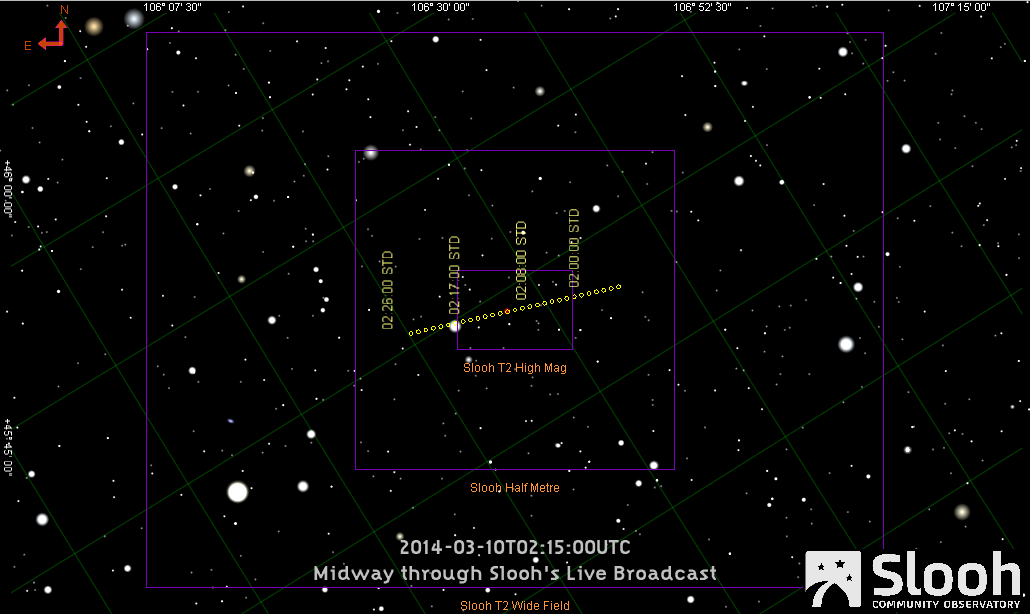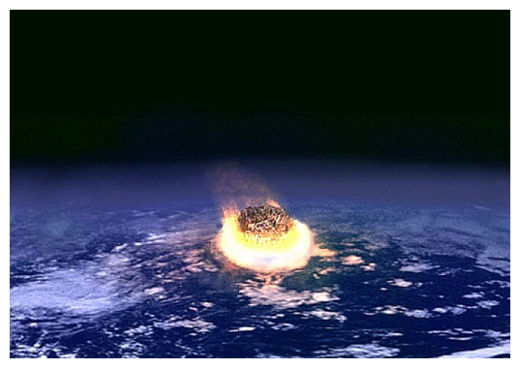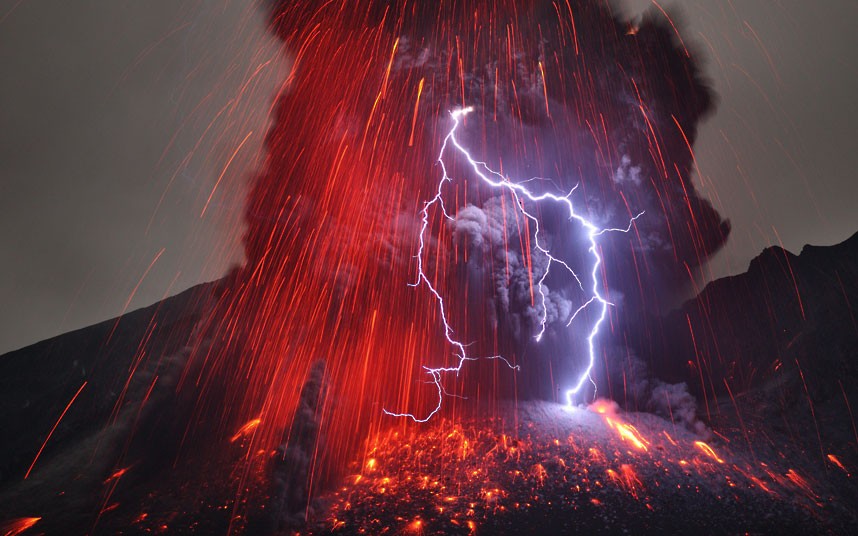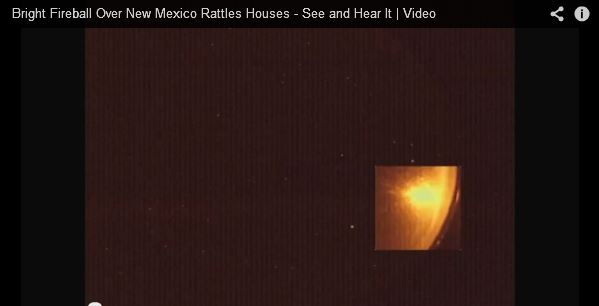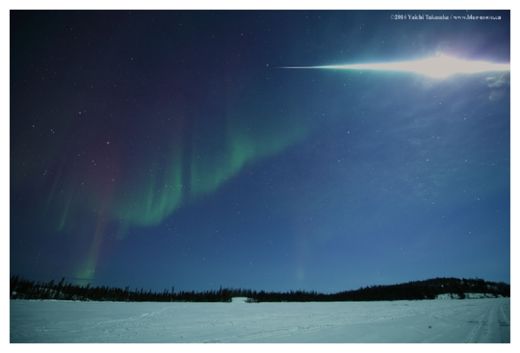
© AFP Photo/NASA/JPL CaltechThis NASA image shows an artist's animation that illustrates a massive asteroid belt.
An Apollo class asteroid is expected to whizz between the Earth and the moon on March 5. The 98-foot-wide space rock is expected to come within 218,000 miles of earth (0.9 lunar distances), creating quite the site for stargazers.
The asteroid, named 2014 DX110, is expected to make its closest approach at 21:07 GMT on Wednesday at a blistering speed of 14.85 km/s (32,076 mph). Although the space rock poses no threat to earth, it highlights the earth's susceptibility to near-Earth asteroids.
For amateur astronomers interested in watching the flyby as it happens, the virtual telescope project will offer live coverage via Slooh, which allows viewers
to peer through a telescope via the web.
DX110 belongs to the Apollo class of asteroids, a group of Earth-crossing asteroids, which pose a potential threat to humankind. The February-15, 2013, 65-foot-wide meteor, which exploded over the town of Chelyabinsk in the southern Urals region of Russia, belonged to the Apollo class. The meteor explosion was 30 times stronger than the Hiroshima atomic bomb. As windowpanes shattered throughout the city, 1,500 people were injured, but luckily no one was killed.
Nearly one year after the Chelyabinsk atmospheric extravaganza, another massive asteroid sailed past the Earth. The space-rock known officially as 2000 EM26 had an estimated diameter of 885 feet, roughly the equivalent of 3 football fields. It however, only came within some 2,094,400 miles of Earth.

